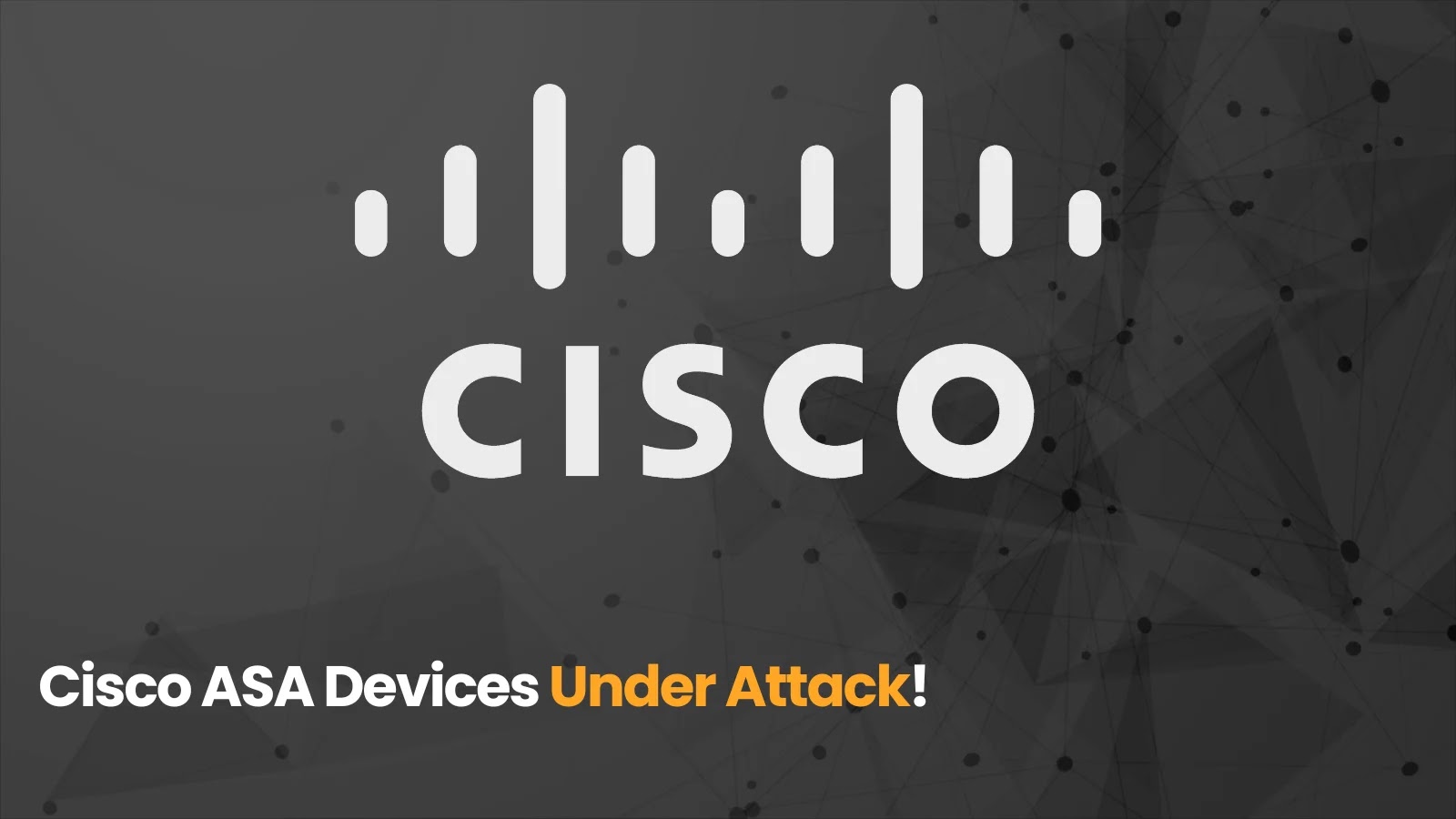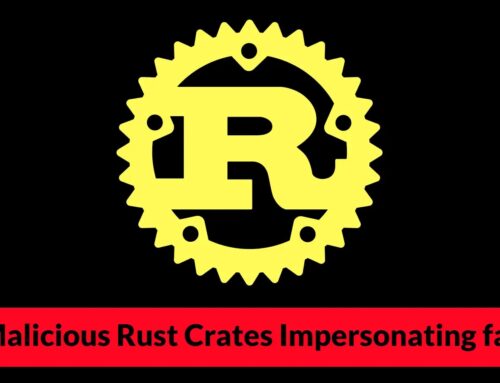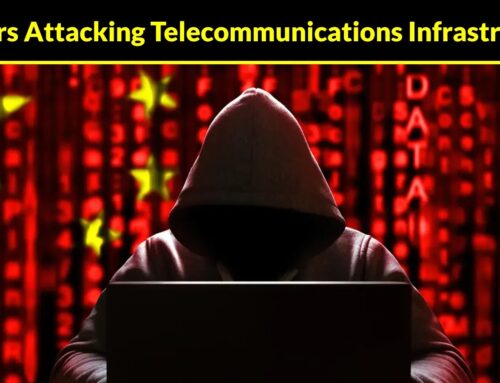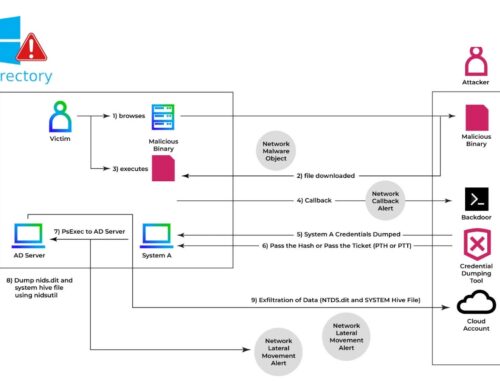
Hackers Exploiting Cisco ASA Zero-Day to Deploy RayInitiator and LINE VIPER Malware
Organizations worldwide are facing an urgent cybersecurity alert. A sophisticated, state-sponsored threat actor has been unmasked, actively exploiting a zero-day vulnerability in Cisco Adaptive Security Appliance (ASA) firewalls. This critical exploit is facilitating the deployment of advanced malware, including RayInitiator and LINE VIPER, in a targeted espionage campaign. The UK’s National Cyber Security Centre (NCSC) and Cisco have issued stark warnings, emphasizing the immediate need for defensive action. Understanding this threat, its implications, and the necessary remediation steps is paramount for safeguarding your network infrastructure.
The Zero-Day Threat: CVE-2025-20333 in Cisco ASA
At the core of this espionage campaign is a newly discovered zero-day vulnerability, officially tracked as CVE-2025-20333. This severe flaw impacts Cisco ASA 5500-X series devices, which are widely deployed as enterprise-grade firewalls and VPN concentrators. A zero-day vulnerability, by definition, is a flaw that has been identified and exploited by attackers before the vendor has developed and released a patch. This makes it particularly dangerous, as traditional defenses often lack specific signatures or detection mechanisms for such novel threats.
The exploitation of CVE-2025-20333 grants the threat actor unauthorized access and potentially full control over the compromised ASA device. This level of access allows them to bypass network perimeter defenses, establish persistence, and move laterally within the targeted network, often unnoticed. The strategic importance of ASA devices, sitting at the gateway of an organization’s network, makes this zero-day particularly attractive to state-sponsored actors seeking high-value targets for espionage and data exfiltration.
RayInitiator and LINE VIPER: The Malware Payload
Upon successful exploitation of the Cisco ASA zero-day, the threat actor deploys two distinct but equally dangerous malware payloads: RayInitiator and LINE VIPER.
- RayInitiator: This malware is designed for initial access and reconnaissance. It likely establishes a backdoor, gathers system information, enumerates network resources, and prepares the groundwork for further malicious activities. Its primary function is to provide the attackers with a foothold and essential intelligence about the compromised environment. RayInitiator acts as the “initiator” of the attack chain, setting the stage for deeper infiltration.
- LINE VIPER: Following the initial compromise by RayInitiator, LINE VIPER is deployed. This is a more advanced and persistent backdoor, specifically tailored for long-term espionage. LINE VIPER provides continuous remote access, enables data exfiltration, and can execute arbitrary commands on the compromised ASA device or other systems accessible from it. Its capabilities are indicative of a sophisticated, targeted operation aimed at maintaining covert presence and siphoning sensitive information over an extended period.
The combination of a critical zero-day exploit and these advanced malware families highlights the severity of this campaign. It demonstrates the attacker’s intent to gain persistent, clandestine access to high-value networks.
Identifying Indicators of Compromise (IoCs)
Organizations must actively hunt for IoCs related to this campaign. While specific IoCs for CVE-2025-20333 and the associated malware may evolve, general indicators include:
- Unusual outbound network connections from Cisco ASA devices to unknown external IP addresses or domains.
- Unexpected process executions or modifications on ASA devices.
- Presence of unauthorized files or configuration changes on ASA.
- Spikes in bandwidth usage on ASA exceeding typical baselines.
- Login attempts from unusual geographical locations or using unfamiliar credentials on ASA or connected systems.
Regular log analysis and network traffic monitoring are crucial for detecting these subtle signs of compromise.
Remediation Actions and Mitigation Strategies
Immediate action is critical for any organization utilizing Cisco ASA 5500-X series devices. Given the zero-day nature of CVE-2025-20333, a direct patch may not yet be available. However, proactive mitigation can significantly reduce exposure:
- Isolate and Segment: Immediately isolate any potentially compromised Cisco ASA devices from critical network segments. Implement strict network segmentation to limit the blast radius if an exploitation has occurred.
- Strong Access Controls: Implement and enforce multi-factor authentication (MFA) for all administrative access to Cisco ASA devices. Review and prune unnecessary administrative accounts.
- Aggressive Patching: Monitor Cisco’s security advisories and promptly apply any available patches or workarounds for CVE-2025-20333 as soon as they are released.
- Monitor and Audit: Enhance logging and monitoring for all Cisco ASA devices. Consistently review logs for unusual activity, failed login attempts, or configuration changes. Enable anomaly detection where possible.
- Limit Exposure: Restrict management access to ASA devices to trusted networks and IP addresses only. Disable any unnecessary services or ports.
- Incident Response Plan: Ensure your organization has a well-rehearsed incident response plan. In the event of a confirmed breach, swift and coordinated action is essential.
- Threat Hunting: Proactively hunt for IoCs mentioned by Cisco and the NCSC. Use security tools to scan for known malware signatures (RayInitiator, LINE VIPER) if available, and abnormal network communication patterns.
Relevant Security Tools for Detection and Mitigation
Utilizing a combination of security tools can significantly enhance your ability to detect and mitigate threats targeting Cisco ASA devices.
| Tool Name | Purpose | Link |
|---|---|---|
| Cisco Secure Firewall (formerly Firepower) | Next-generation firewall capabilities, intrusion prevention, deep packet inspection. | Cisco Secure Firewall |
| Network Intrusion Detection/Prevention Systems (NIDS/NIPS) | Monitors network traffic for suspicious activity and known attack signatures. | Varies (e.g., Snort, Suricata – Snort | Suricata) |
| Security Information and Event Management (SIEM) | Aggregates and analyzes security logs from various sources, facilitating threat detection and incident response. | Varies (e.g., Splunk, IBM QRadar – Splunk | IBM QRadar) |
| Endpoint Detection and Response (EDR) | Monitors and responds to threats on endpoints, helpful for detecting lateral movement post-compromise. | Varies (e.g., CrowdStrike, SentinelOne – CrowdStrike | SentinelOne) |
| Vulnerability Scanners | Identifies known vulnerabilities in network devices and systems. | Varies (e.g., Nessus, Qualys – Nessus | Qualys) |
Conclusion
The discovery and active exploitation of CVE-2025-20333 in Cisco ASA devices, coupled with the deployment of RayInitiator and LINE VIPER malware, represents a severe threat to organizations relying on these critical security appliances. This state-sponsored espionage campaign underscores the persistent and evolving landscape of cyber warfare. Proactive monitoring, robust security practices, and a rapid, informed response are essential to protect against such sophisticated attacks. Stay vigilant, implement the recommended mitigation strategies, and prioritize security updates from Cisco and relevant cybersecurity authorities.





